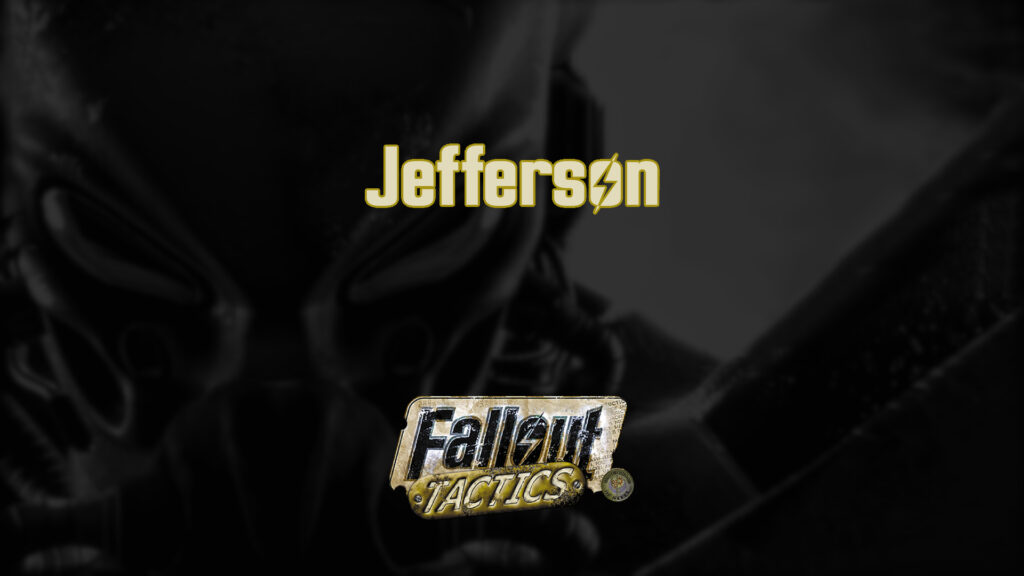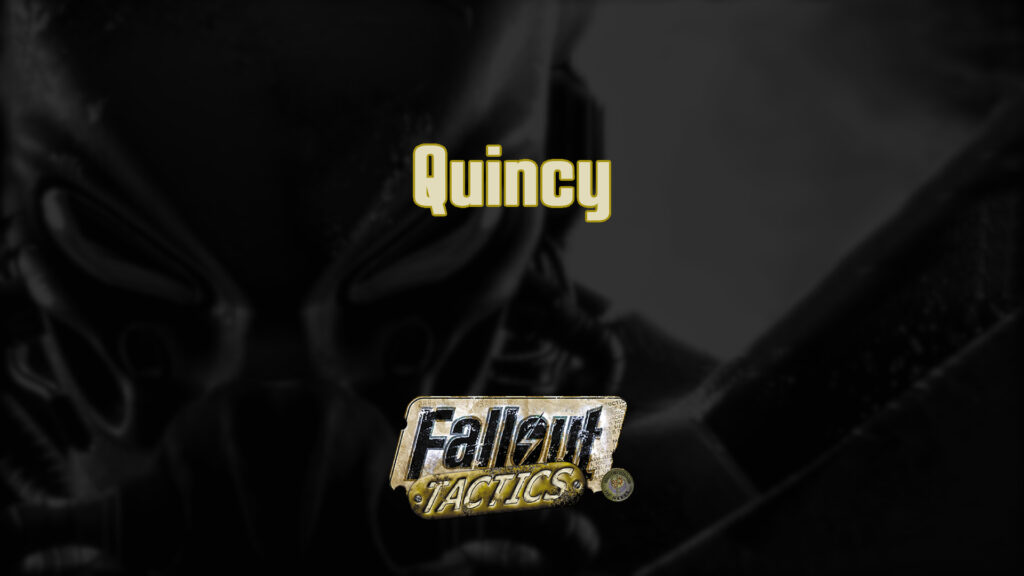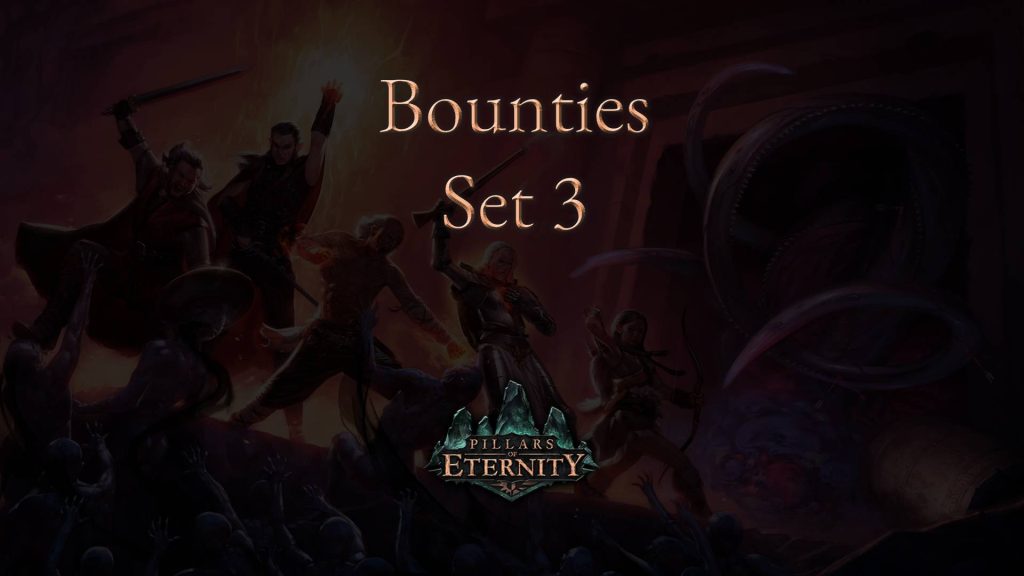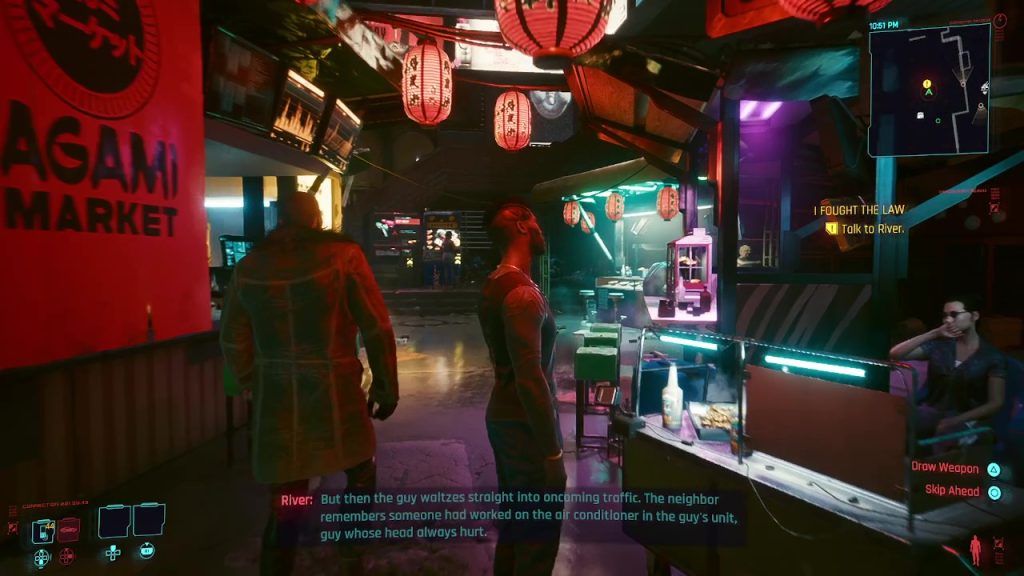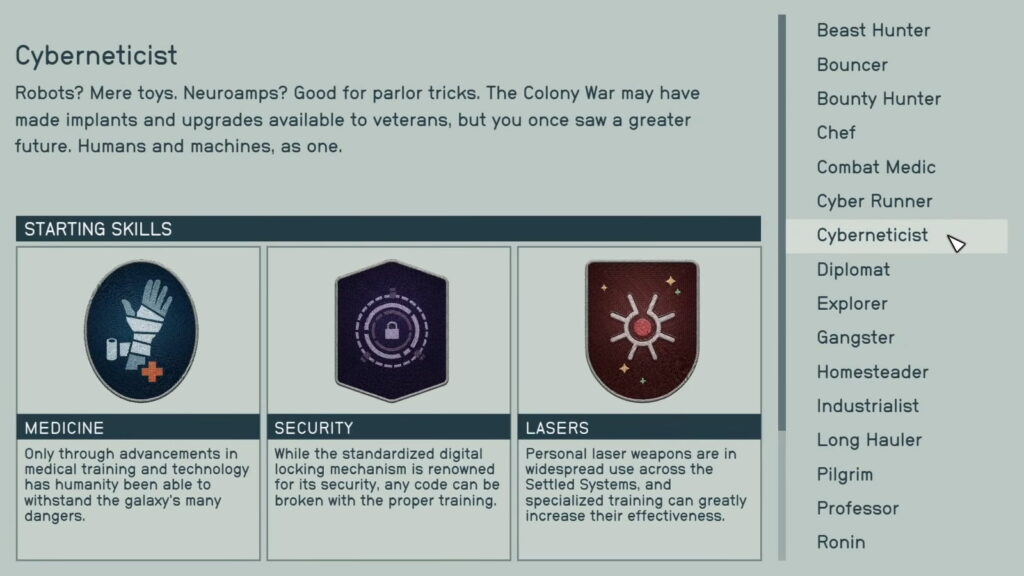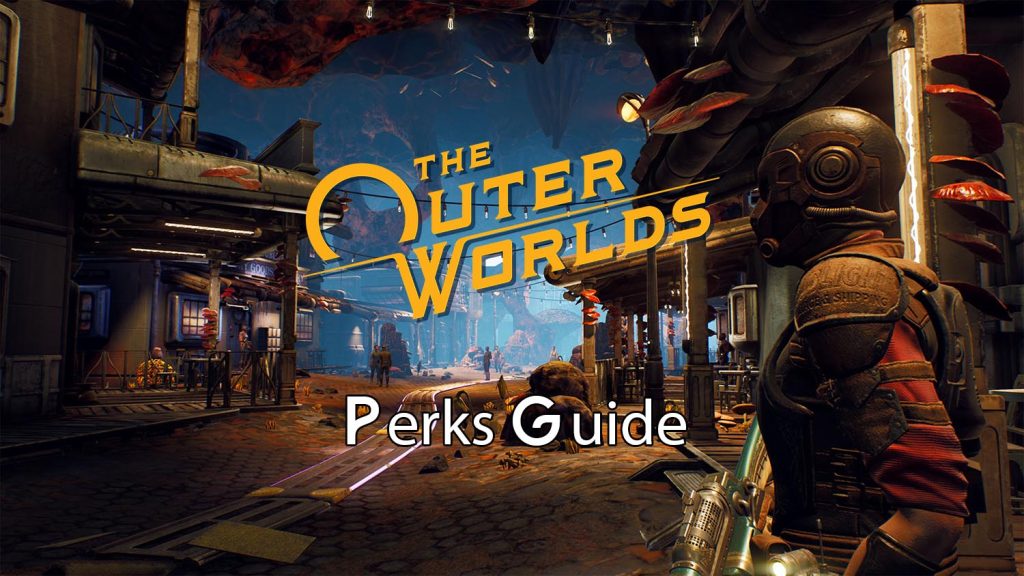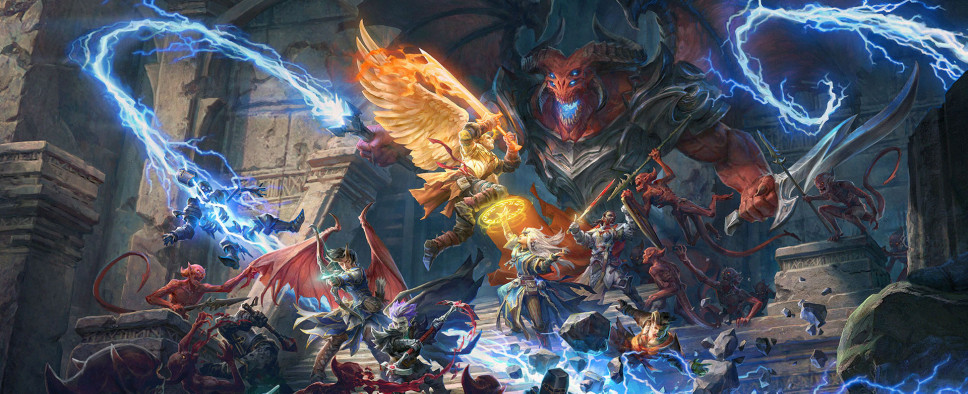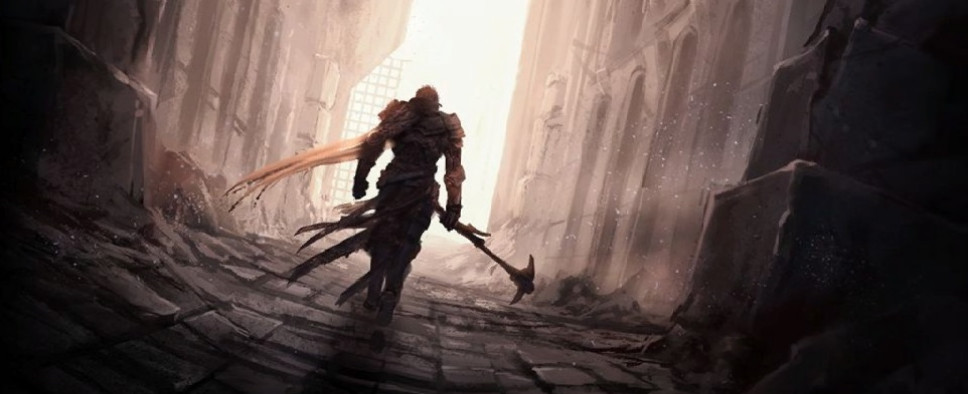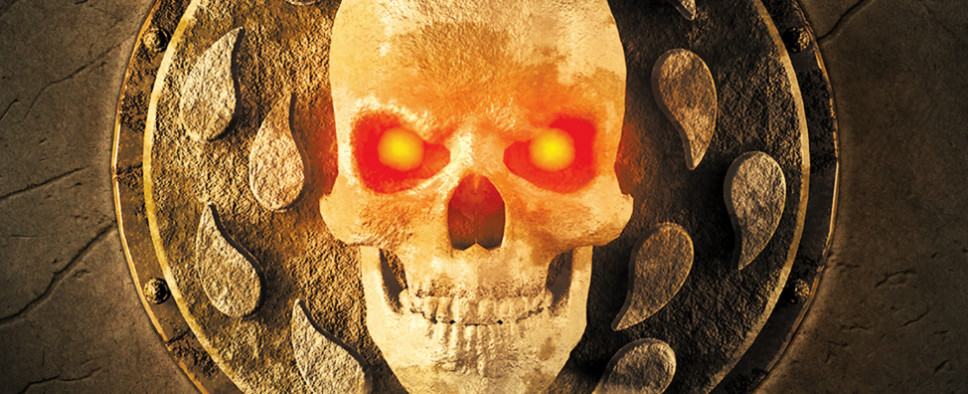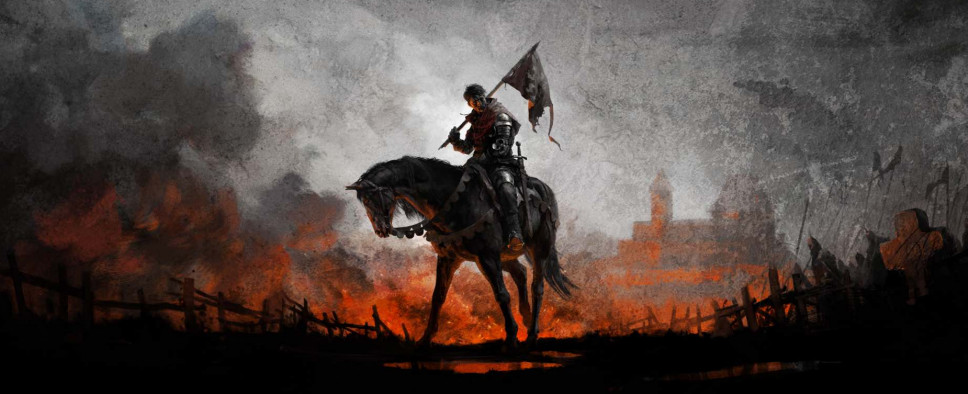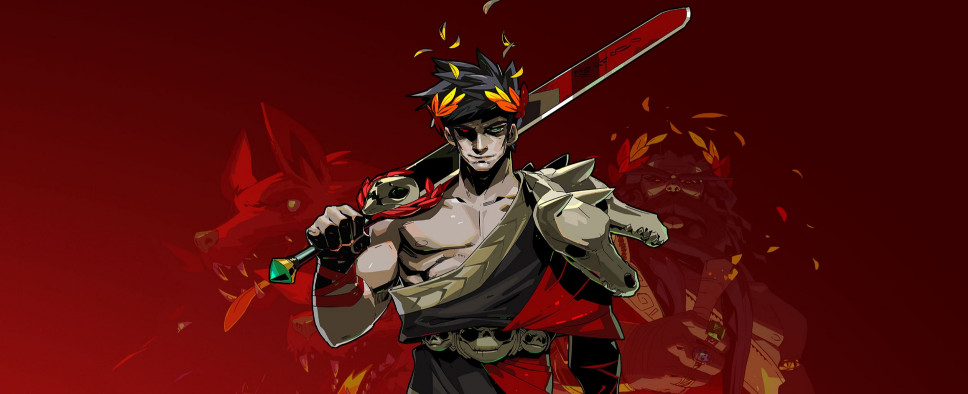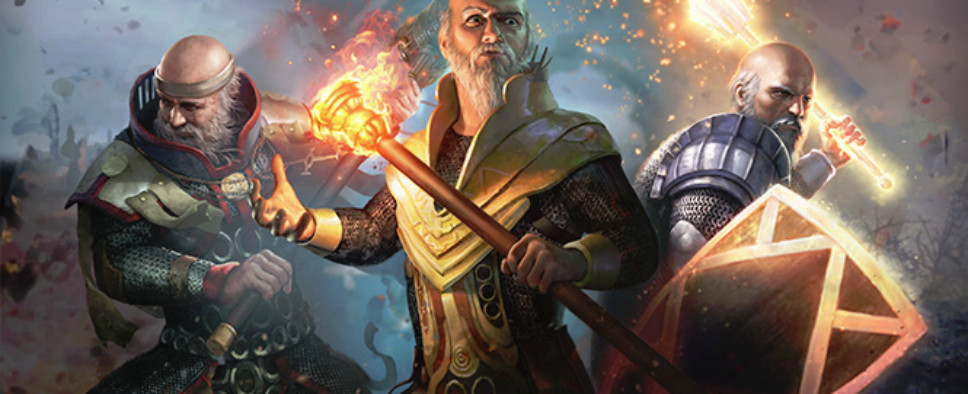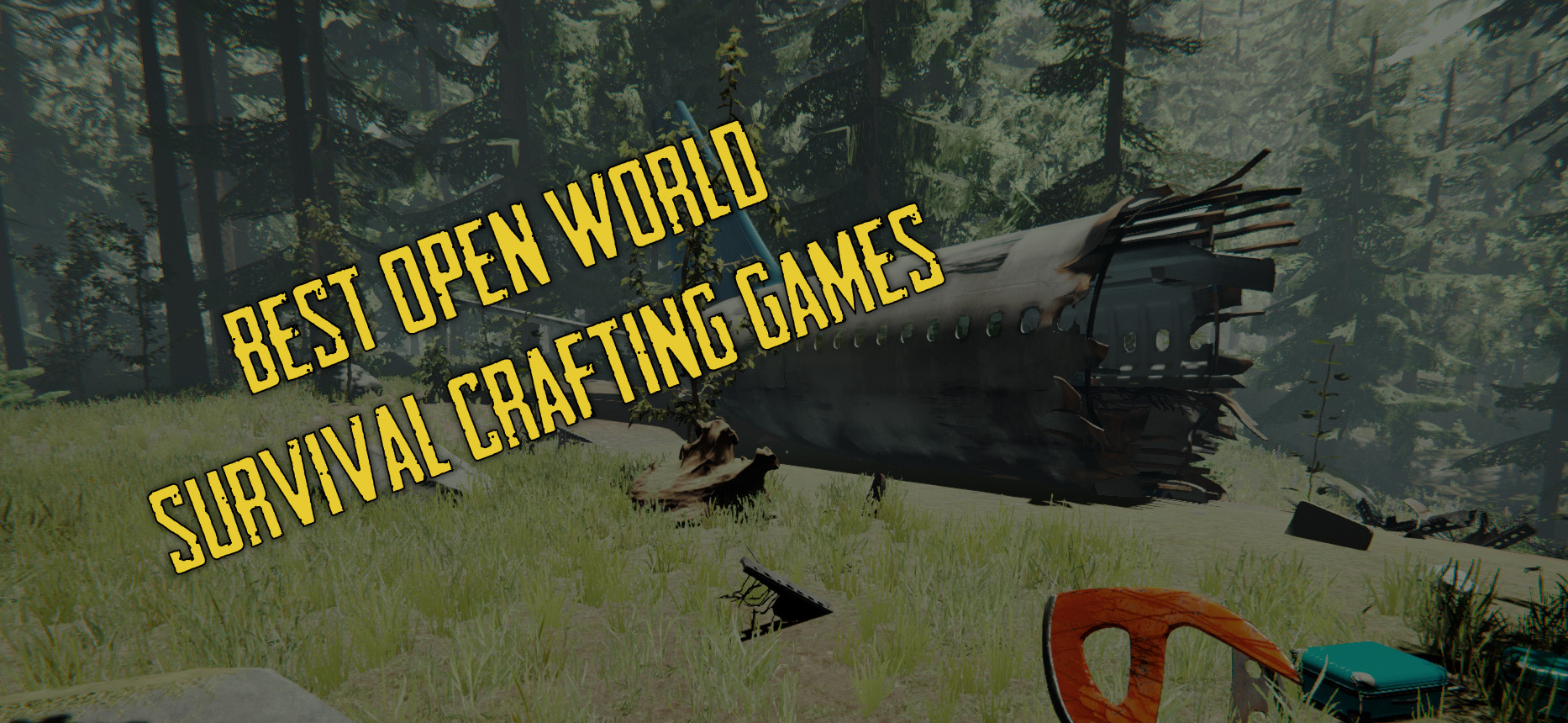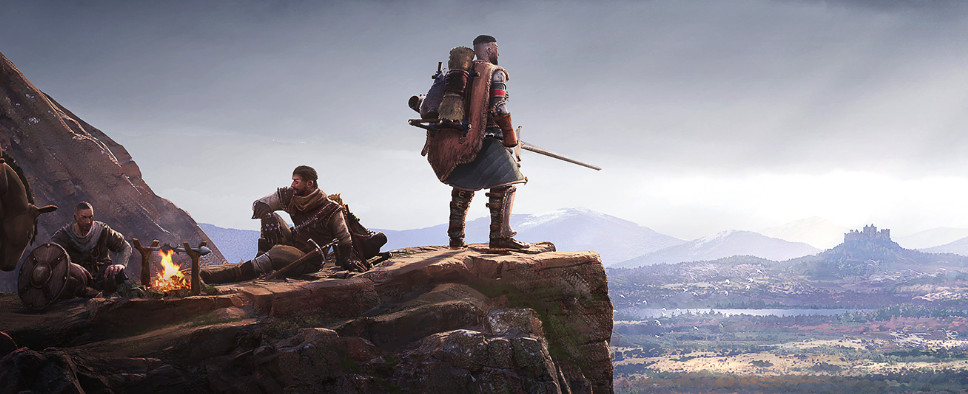Introduction
As you might have expected from someone contributing to GameBanshee, I enjoy fantasy games. I firmly believe that there isn't a game out there that couldn't be made better by throwing a bunch of dwarves into the mix. But when Warhorse Studios launched a Kickstarter campaign for their historical open world RPG Kingdom Come: Deliverance (KCD) way back in 2014, it quickly became apparent that there were plenty of people who didn't share that opinion.
However, I am not the biggest fan of open world games. I don't enjoy exploration for the sake of exploration, and the idea of being buried in countless minor tasks wherever I go bores me to tears. As such, it took me a while to actually give KCD a shot. But when I did, I was pleasantly surprised by how much I enjoyed it. Read on to find out why.
Abundant Systems
The first thing that needs to be said about KCD is that it's a game. Now, you might think this an obvious and unnecessary statement, but bear with me here. You see, KCD is incredibly system-dense. Pretty much every action and interaction in it is governed by an intricate system tied in some way to character progression.
There’s a system for lockpicking, a different one for alchemy and herbalism, and another one yet for haggling with merchants on top of a separate persuasion system. The latter takes into account not only your character’s skills but also the clothes he’s wearing and how expensive, dirty, or bloody they are.
All of this comes together to create an authentic digital representation of medieval life in the 15th century, so get ready to run around plenty of rustic towns and villages full of NPCs that go about their daily lives, gossip, take baths, visit the tavern in the evenings, and try to avoid standing in the rain.
Occasionally, though, the game’s interpretation of its systems will stand in the way of all that realism. At one point I was entering a town while carrying a bunch of stolen goods. As the guards didn’t like me too much at the time, I ran a good chance of getting frisked. If that happened, all the stuff I stole would get confiscated. I had a bright idea - transfer all the stolen goods to my horse’s saddlebags and leave it outside. Unfortunately, the game considers saddlebags to be a part of your inventory, so when I got searched, the goods got taken away.
Then, there’s the game’s AI. It’s not exactly stellar, which can lead to some goofy interactions. When the game plays things straight, but its NPCs stumble around as if they were in a Monty Python movie, it can be pretty tough to buy whatever it is the game is trying to sell.
This also applies to combat. After you get a hang of the basic mechanics, it won’t take long for you to discover plenty of ways to abuse the AI and utilize a variety of cheesy combat tactics the game isn’t equipped to handle.
At the same time, while this isn’t something you generally want to see, just having a game with production values of KCD and a difficulty level that at the very least incentivizes using your head to figure out a way to circumvent its challenges is a huge plus in my book.
In fact, this high degree of challenge is one of KCD’s best features. Early on, you will be bad at pretty much everything you do. You will fail at picking locks, you will be defeated in combat time and again, you won’t be able to hit the broad side of a barn with your arrows, and so on. In a way, this will mirror your character who at that point is a young and inexperienced peasant.
But as you keep playing, you will gradually figure out all these systems that may initially seem impossible, and then you'll start getting better of them. Add to that your character’s progressing skills that will also make those tasks easier, and you have yourself an RPG. Playing a game that presents you with numerous unique systems that you first have to learn and then gradually master honestly feels like a breath of fresh air in this day and age.
Now, it’s also important to note that not all of KCD’s systems are created equal. A lot of them, like for example alchemy, require a good degree of time investment, which makes them feel more unwieldy than I would have preferred. Sure, manually brewing potions by grinding herbs and fiddling with all sorts of levers can be cool, but after a while it just gets frustrating. Now, an argument can be made that this just serves to show how life was slower in the middle ages, but that doesn’t make spending what feels like eternity to brew a single potion any less annoying.
Stealth is another good example. While the basic idea of having noise, visibility, and conspicuousness as stats may seem interesting, the reality where you can at times run circles around NPCs while wearing plate armor and not get spotted, and then get noticed while crouching in a dark corner at night dressed in all black feels anything but consistent and reliable.
And now, let’s move on to perhaps the biggest system of them all. Combat. But first, let’s note that the game allows you to avoid most of it. I think there’s one enemy you have to kill, but the rest you can avoid, knock out by using stealth, or talk out of fighting you altogether.
KCD’s melee combat is based around HEMA, which stands for Historical European Martial Arts. The idea was to create a system as close to our current understanding of medieval fighting as possible. Since I’m not an expert in that particular filed, I can’t say with any authority how successful that undertaking was. But I have to admit that most of the game’s combat animations look mighty impressive. At the same time, the moments between those animations, when combatants spin their weapons around while getting ready to strike, can look quite clunky.
Overall though, I found the game’s directional combat system augmented with kicks, blocks, parries, and combos to be quite enjoyable. It’s tough and unforgiving, but even if it may not seem that way initially, you have only yourself to blame for failing. Plus, it’s very satisfying to get better at it and see your character go from an inept village lad who can’t swing a stick right to a hardened veteran carving his way through the battlefield like some Slavic Conan.
But even when you get good at fighting and dress yourself in enough layers of armor to shrug off dozens of blows, fighting multiple opponents can be quite deadly. Add to that a slightly different fist fighting system and an archery system that’s anything but easy, and you have plenty to master.
One somewhat disappointing thing about KCD’s combat is the lacking weapon and enemy variety. The game essentially has three main weapon types (swords, axes, maces), and throughout the game you’ll be fighting guys wielding these weapons, and occasionally their dogs. Now, had this been a game based on folklore instead of actual history, we could get a much more varied bestiary with manticores, dragons, and whatnot. But then again, animating all that stuff, as well as additional weapon types, would probably cost a fortune, so I can understand this particular limitation.
My other big issue with the combat can’t be waved away in a similar fashion. You see, I feel that KCD is at its best when you’re barely scraping by. But after you play for a bit, you’ll realize that there are just too many easy ways to become overpowered. Not really sure how this could have been avoided in a game where defeated foes drop all their gear, but still, it’s something worth noting.
All of the above is fueled by a “learn by doing” role-playing system. Your character has a set of stats, combat skills and social skills that improve over time as you participate in various activities. Level and attributes represent your character’s overall proficiency as a human being - how strong, nimble, or sociable he is. Combat skills govern his proficiency with various weapons and combat techniques. And social skills consist of a great deal of miscellaneous skills one might need in a medieval world, including such fairly unique ones like reading and drinking alcohol.
Usually I’m not a huge fan of learn by doing systems, but KCD managed to win me over with its perks that you get upon reaching certain skill levels. With a few exceptions none of them offer boring percentage-based increases, and those that do, give you something really good, like extra carrying capacity or a chance to instantly knock your opponent out if you hit him on the head. And as a general rule KCD’s perks either give you new ways to interact with the game or allow you to better define your character.
Story and Presentation
The game is set in medieval Bohemia circa 1403. During that time the land the would go on to become the modern Czech Republic was going through a bit of unrest following the death of Holy Roman Emperor Charles IV. And while his successors were butting heads to figure out who would come out on top, ordinary everyday life went on.
The game’s developers didn’t want to tell some epic story of massive battles and high society. Instead, they wanted to show us a slice of ordinary medieval life that gets turned upside down by the powers that be. As such, you play as Henry - a seemingly ordinary blacksmith’s son. When his quiet village gets raided, his family gets killed and the sword his father was forging for the local lord gets stolen, he sets out on a personal journey of revenge using said sword as a catalyst.
The development team was headed by one Daniel Vavra, who you may know as the mastermind behind the Mafia series. And seeing how he was able to believably portray American mobsters on multiple occasions, a story that’s essentially set in his backyard should be a piece of cake for him, right? Right!
Not only do you meet numerous fictionalized versions of actual historical figures in the game, but you also get a vast in-game Codex that teaches you a lot about how the world worked back in the day, the major powers, and whatnot.
The Codex, as well as all of the game’s menus and its highly detailed map, are all presented in a way reminiscent of medieval paintings, which greatly enhances the overall atmosphere and helps frame the game’s story.
This story has you, as Henry, go from zero to hero, mingle with some nobles, discover some hidden truths, and save a tiny plot of Bohemian land from being overrun by suspiciously well-organized bandits.
The story is engaging and generally well-written. It helps that you’re playing a pre-defined character and your options in conversations are fairly limited. This last part can easily be seen as a negative, but I found the writing to be enjoyable enough to mostly overlook it.
Now, you may be wondering how such a story fits into an open world game. Barely, is the answer. KCD is significantly more story-driven than your average open world RPG. That is not to say that there aren’t any side-quests or repeatable activities you can do in your spare time - there are plenty of those. But the bulk of KCD’s best content can be found in the main quest.
More often than not, I really liked this approach, though at times, most notably during the prolonged intro, the railroading can be a bit much. If you’re someone who prefers to tackle content on your own terms, you should just make peace with the fact that the first three or four hours of KCD are linear to a fault and power through them.
Once you’re done with the intro, you’ll be free to pick locks and pockets, poach, brawl with peasants, and deal with local witches as you please. The game’s world is highly detailed and quite dense with activities and points of interest. It may be a touch too static, with little potential for emergent gameplay, but I don’t hold this against the game as it never set out to be a sandbox experience.
Instead of unforeseen interactions and copy-pasted caves, KCD offers great characters and free-form quest design. Most of the game’s characters have engaging personalities and the fact that many of them are based on real people just makes the whole thing that much better.
The game's quests are designed to make sense. Most of them have multiple solutions, and you can even fail a lot of them and still proceed with the story. NPCs frequently give you directions and you can actually follow those to arrive to your destination instead of quest markers. And even those markers rarely magically point you to the right spot, and instead show you the rough area where you need to go.
In fact, the game even has an optional Hardcore mode that makes things truly medieval. Among some other things aimed at making the game harder and slightly more realistic, it turns the map into an actual map that doesn’t show your location, so you have to rely on landmarks and directions to navigate.
And on top of that, the game’s quests are very flexible. Here’s just one example. Having followed the game’s reception I knew that some people didn’t particularly enjoy the monastery quest line. Were they right? I have no idea. When I started that quest, I was on a bit of a crime spree and was already wearing my dark and silent gear. I also knew that quest markers were merely suggestions, so instead of following them, I listened to the quest-giver NPC, snuck into the monastery at night, puzzled out what I had to do there, and got out in roughly five minutes. This meant that I technically failed the monastery quest that wanted me to sign up as an acolyte, but still advanced the story in the process.
One last thing to note here is that KCD is at its best when you play by its rules. Sure, you can decide to be a daring highwayman who leads a life of crime and leaves no witnesses. But by doing so, you’ll rob yourself of some neat interactions and fun quests. Plus, some of the important NPCs can’t even be killed, so you’ll be fairly limited in the chaos you can inflict on the game’s world.
Bonus Content
Since the game’s release back in 2018, it received a decent amount of downloadable content. The list includes Treasures of the Past, From the Ashes, The Amorous Adventures of Bold Sir Hans Capon, Band of Bastards, and A Woman’s Lot. As a general rule, the DLC are seamlessly integrated into the game and offer a few bits of extra content. There’s also the Tournament that counts as a DLC, but is in fact a free update that expands the game with a couple of minor quests and an opportunity to practice your combat skills without worrying about damaging your equipment.
Treasures of the Past simply adds a few treasure maps to the game. You can use them to find some old chests with decent gear.
From the Ashes turns you into a bailiff in charge of rebuilding a long-abandoned village. This means you will be constructing and upgrading structures, judging petty disputes and running all over the place while establishing trade routes. This DLC acts as a huge money sink and doesn’t respect your time in the slightest. If not for the review, I would have skipped it altogether and I recommend you do the same unless the prospect of playing a Facebook game in an environment highly unsuited for it sounds like fun to you.
Amorous Adventures tasks you with helping sir Hans Capon find his true love. In practice this means a fairly short quest line that has you participating in some of the game’s less enjoyable activities, such as sneaking, dice throwing, and alchemy. Granted, the DLC’s final interaction is pretty humorous, but getting there can be rather tedious.
Band of Bastards has you join a mercenary band tasked with protecting your lord from one of his rivals. I liked the idea of this DLC, but not the execution. It’s too short to properly make you care about everyone involved, some of the things that happen feel incredibly contrived, and there’s no good place for it in the overall story. By the time I started this DLC, I was strong enough to win all the fights on my own and didn’t need the mercenaries. On the other hand, if you start it early, by the time you’re done with it, you’ll get a set of essentially end-game armor that can turn most of the game’s challenges into a cakewalk.
As you can see, the game’s DLC have been less than impressive so far. Combine their middling to bad content with the fact that they can make the mid-game feel a touch too bloated, and you get a fairly dubious proposition. This all changes with A Woman’s Lot. The game’s final piece of DLC adds quite a bit of content, and that content is among the best the game has to offer.
First, it adds a new skill that lets you have a canine sidekick. This skill can be game-changing, as your four-legged friend can help you both during combat and exploration. Then, you get a stand-alone mini campaign where you play as Theresa, Henry’s love interest in the game. This allows you to see the game’s opening section from a different perspective. While not particularly groundbreaking, it can provide a fun change of pace.
And then, if that wasn’t enough, the DLC also adds a new quest line, and this one is actually great. It’s well-written, engaging, and has more branches than an old bonsai tree. It also makes it incredibly easy to arrive to a less than rosy ending where in the end you’re simply left to ponder your failures, which is quite a bold and refreshing move. So, if there’s one KCD DLC you absolutely have to play, it’s A Woman’s Lot.
Technical Information
The game looks fantastic and runs fairly well considering its visual fidelity. Its sound design is not far behind, with crunchy sound effects, and numerous medieval tunes playing in the background all the time.
Back when it just launched, KCD had a reputation for being a buggy mess, but most of those bugs have been dealt with by now. You still get occasional clipping issues, glitchy physics, and NPCs that either walk into walls or occupy the same space, but most of those things are pretty harmless. I did get one crash during my playthrough, but that was it.
As I rarely play major modern releases, the fact that KCD takes up over 50 GB caught me a bit off guard, but at least you can download high definition textures as a separate DLC instead of them being a package deal.
You also really want to have an SSD to play this game. Not only can KCD’s loading times get annoyingly long otherwise, every conversation in the game is presented as a cutscene, which, with how things are set up, means constant loading.
Then, there’s the save system. The game saves on quit, when you sleep in your own bed, and when you drink a special alcoholic beverage. It also autosaves during missions. This feels needlessly restrictive and ultimately pointless, as after the first few hours you will have enough money to buy, or brew, all the saving drinks you will ever need to save freely.
Another thing that hurts the game is its multiplatform nature. A complex game like KCD, a game with so many systems and possible interactions, needs fairly robust controls, but because it was designed to be played with both keyboard and mouse and controllers, those of us playing on PC have to deal with an unwieldy control scheme. And then, there’s the inventory screen that’s presented as a list and a series of tabs instead of something more tactile.
Conclusion
In the end, I’m not sure whether me enjoying Kingdom Come: Deliverance even despite some of its shortcomings reveals that it is an outstanding open world RPG, or that it simply appeals to those who prefer games with a bit more focus than your average open world experience.
I just know that playing it reminded me that I used to read history textbooks for fun as a kid. It also made me go through too many Wikipedia articles in an attempt to learn more about the game’s underlying events and its characters. And I feel like that’s an impressive achievement for a historical game that’s both unique and challenging.
